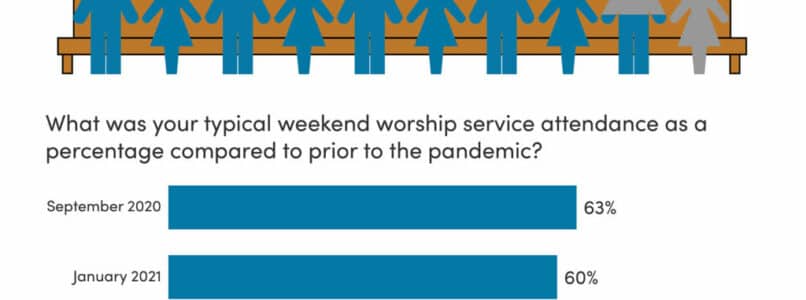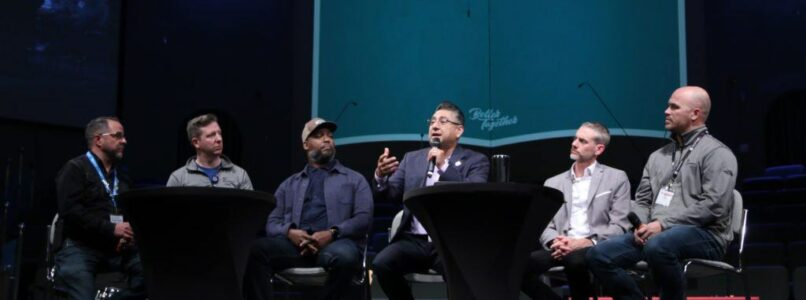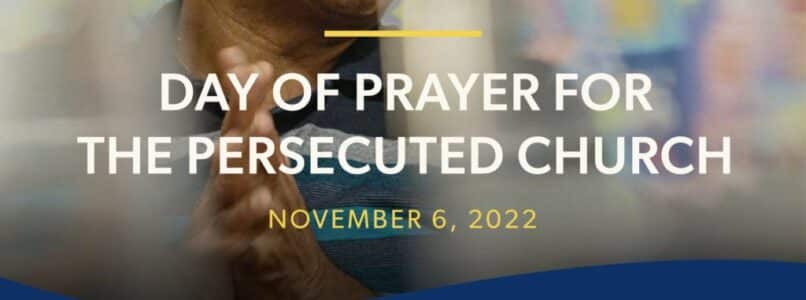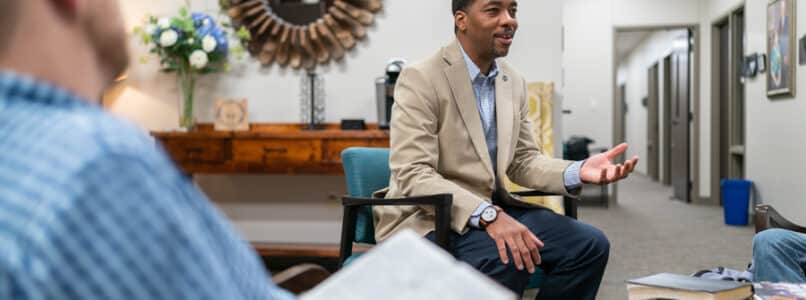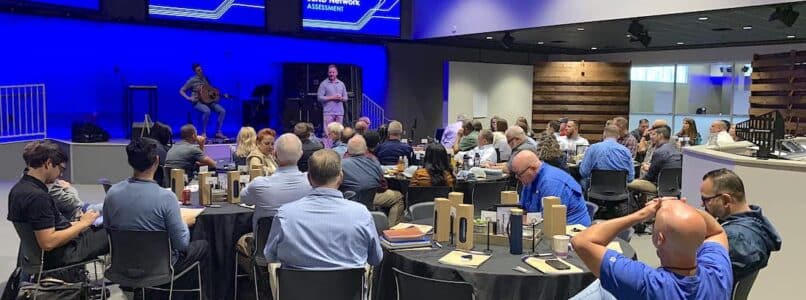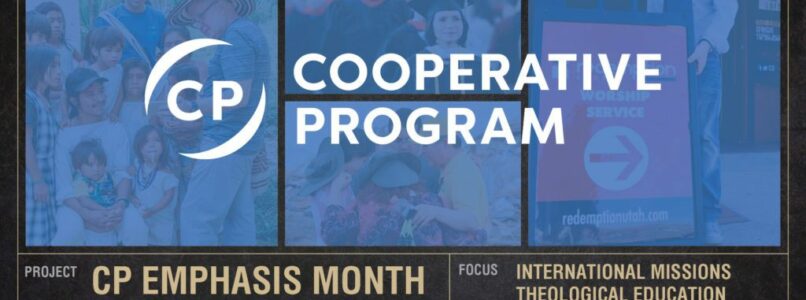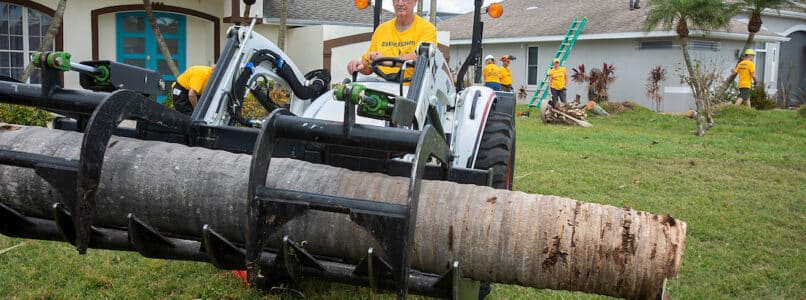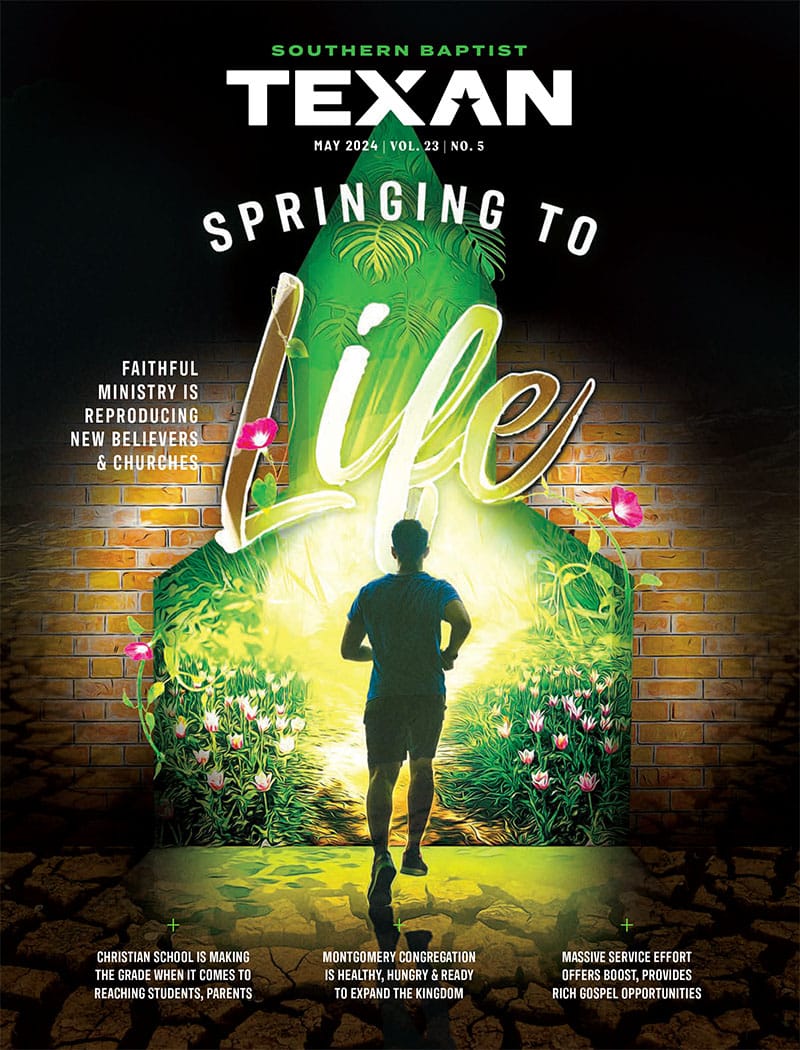As a tuba player, Berlioz was one of my favorite composers. He composed dissonance in the deepest ranges of the orchestral score and extend that tension until resolution was as anxiously welcomed as it was intricately composed.
An orchestra is not a machine; it is a very human organization—both complemented and challenged by its humanity. I remember very well how the humanity of partnership in performance can make a masterpiece unpredictable and beautiful at the same time. Someone might miss a note, and another might get distracted, lose count, or get frustrated and quit. Still, another will rise to the moment and interpret a line with breathtaking musicality. The humanity of the orchestra makes every performance unpredictable, but it also makes every performance uniquely beautiful.
Beautiful unpredictability is inherent to the most noteworthy of all human agencies.
In the New Testament, likeminded churches cooperated for Great Commission advance. The Philippian church set the standard of financial partnership with Paul’s missionary work in Thessalonica (Philippians 4:15-16). Together with them, likeminded Macedonian churches funded the work in Corinth (Acts 18:1-5, 2 Corinthians 11:8). Later, Paul expected the church in Rome would join in the same pattern of evangelistic, missional cooperation (Romans 15:22-24). The Scriptures present the expediency of Great Commission cooperation and build the theological framework for that cooperation. But they do not dictate a specific organizational plan for cooperation.
Instead, God has chosen to allow for human ingenuity in our cooperation. Baptist churches are autonomous, so cooperation is voluntary. A wonderful gift is ours in voluntary Great Commission cooperation, employing the most imaginative of human means to accomplish the most significant of spiritual ends.
E.Y. Mullins called this “the principle of voluntary co-operation.”It sometimes makes our partnership clunky, but no less magnificent. Voluntary cooperation is more of a developing art than an industrial science. In Mullins’ words, “It is the ideal of the orchestra and not that of the machine.” Cooperation is written into the Southern Baptist score. Our doctrines of local church autonomy (BFM2000 Article VI) and Great Commission responsibility (Article XI) are harmonized in our doctrine of cooperation (Article XIV). The churches are autonomous. Each is tasked with the fulfillment of a commission that none can accomplish alone. So, we voluntarily cooperate as a matter of “spiritual harmony.”
But what happens when cooperation feels more disjunctive than harmonic—more John Cage than Frédéric Chopin? Present talk of “liberal drift,” the hysteria of biased information sourcing, and the divisiveness of economic, social, and political agendas, fill the air in our Southern Baptist rehearsal rooms today. We are deaf if we cannot hear that dissonance coming across in our public performances. How do we recapture the harmony of our cooperation?
Mullins, writing 17 years before Southern Baptists owned a formal confession of faith or a unified giving plan, acknowledged the occasional dissonance inherent to voluntary cooperation. “Let Baptists be not weary in well-doing,” he encouraged his readers …
“Our inability to enlist all our people in all our work at all times is discouraging to a superficial view. If our ecclesiastical machinery could be so adjusted and oiled as to run without a jar it would doubtless save trouble and please the esthetic faculty. But there is a profound reason why such adjustment can only come slowly: we are dealing with persons and not with things—with human wills, not with wood and iron.”
Mullins chose to see the beauty in the humanity of it all and to embrace the dissonance that humanity affected. His solution was to keep cooperating while he kept working for solutions. And, by God’s design, resolution was only a few bars away.
The best orchestral music embraces both dissonance and consonance—tension and resolution. Southern Baptists have been making music together for a long time. Honestly, we got off to a precarious start, and we have made more than our fair share of performance errors through the decades. But there is a strange grace in the humanity of it all. The humanity of our cooperation is what makes the Southern Baptist partnership more of a movement than a machine. Human error is to be expected. Seasons of dissonance, even in the deepest ranges of the score, should animate us to keep playing our parts with excellence and to encourage others to do the same, while we work together toward resolution.
Admittedly, the Southern Baptist movement is, by design, beautifully unpredictable. So, “Let Baptists be not weary in well-doing.” Our organized production is one of human resource, not of wood and iron. We cooperate as people, not as machines. Look around and see the image of God reflected in your partners in the Gospel and appreciate them as co-laborers in Christ, even when disagreement abounds. Don’t pull away. Lean into a future resolution. Who knows? Perhaps our greatest season of harmonious Great Commission cooperation is only a few bars away.


